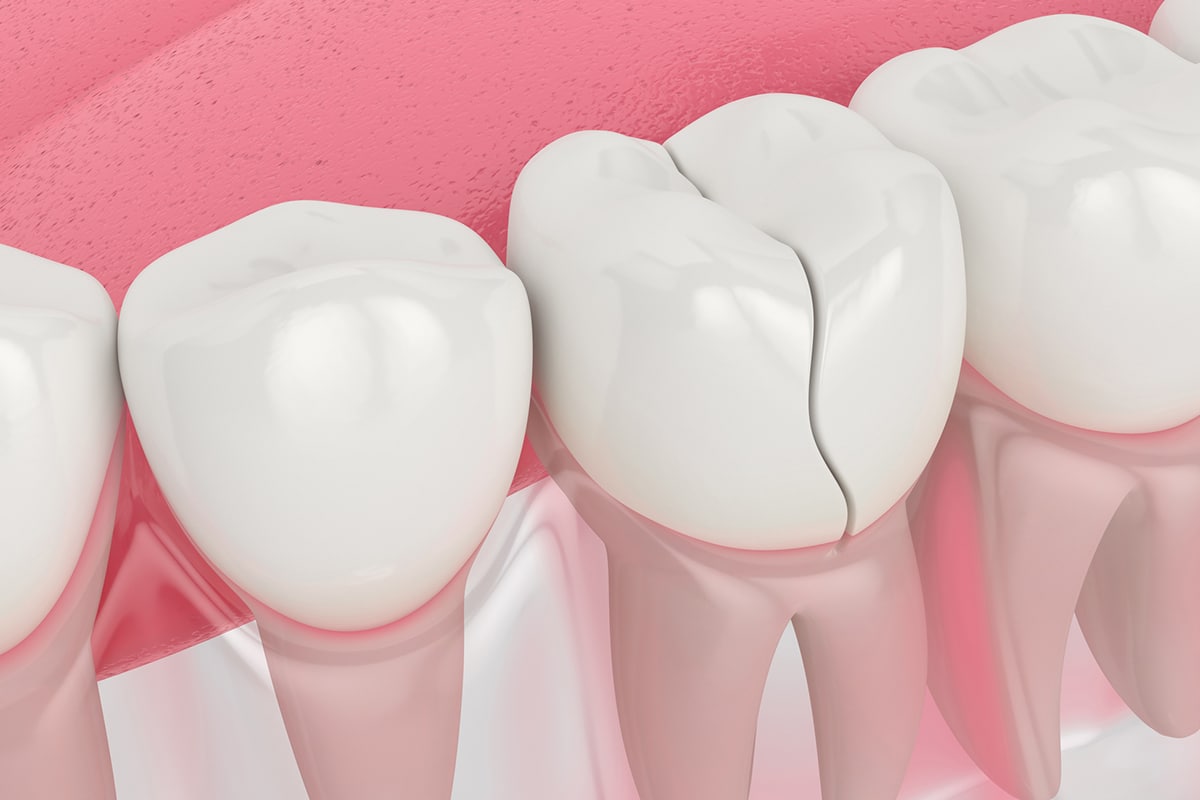
Dental mishaps are common, and a cracked tooth is one of the more troublesome issues many individuals face. Even the healthiest teeth aren’t immune to cracks, which can happen due to unexpected trauma, bad oral habits, or daily wear and tear. Unfortunately, cracked teeth can be sneaky. They don't always show visible signs of damage, making it essential to recognize their subtle symptoms. Identifying the problem early and seeking timely care can save your tooth and protect your overall oral health.
If you’ve experienced odd dental sensations or discomfort that just won’t go away, you might have a cracked tooth. Here’s a deep look into the signs you should watch for and the treatment options available to address this dental issue effectively.
Recognizing the Signs of a Cracked Tooth
A cracked tooth doesn’t always cause sharp, immediate pain or visible damage, which can make it difficult to detect. However, specific symptoms provide clues, even if they are inconsistent or initially mild. Below are five common signs that indicate you might be dealing with a cracked tooth.
1. Intermittent Toothache
If you’re bothered by a toothache that seems to come and go unexpectedly, it might not simply be a coincidence. A cracked tooth often triggers intermittent pain, flaring up when you least expect it. This symptom happens because the crack in the tooth exposes sensitive nerves. When food particles, liquids, or bacteria irritate these nerves, you’re likely to feel discomfort or sharp pain. For instance, you might be enjoying your favorite snack or sipping a drink and suddenly notice pain that soon subsides.
This inconsistent nature can make it easy to dismiss the discomfort, but ignoring it is never a good idea. Small cracks can worsen quickly, leading to severe damage or even infection if left untreated. Early detection of such toothaches can prevent the need for complex dental procedures later.
2. Pain During Chewing
You might not realize anything is wrong with your tooth until you try to chew something. Pain when biting down on certain foods, especially hard or sticky items, can be a clear sign of a cracked tooth. This occurs because the pressure from chewing forces the crack to open slightly, causing irritation to the tooth’s inner layers. The pain may feel sharp and sudden, subsiding when you stop chewing.
Interestingly, identifying the exact tooth causing the problem can sometimes be tricky. Pain might radiate to nearby teeth, making it feel like a generalized dental issue. A dentist can perform specific tests to identify the affected tooth and determine what’s going on beneath the surface.
3. Sensitivity to Temperature and Sweets
Hot coffee, cold water, or even a bite of a sweet treat can feel unpleasant if you have a cracked tooth. Sensitivity to extreme temperatures or sugary foods is another common symptom. This happens because the enamel, which serves as the tooth's protective outer layer, is compromised. Once the crack exposes the dentin or nerve, your teeth become more vulnerable to sensations that healthy enamel would usually block.
For example, you might notice a sharp ache when enjoying an ice cream cone or sipping a hot bowl of soup. You should not ignore these fleeting yet nagging sensations. Teeth that remain exposed to temperature or sweet irritations are at risk of worsening damage without intervention.
4. Swollen Gums
Have you noticed swelling in your gums around a particular tooth? This problem could be due to bacteria entering the crack, which can lead to infection. Swollen or tender gums frequently accompany cracks that affect more than just the tooth’s surface. Over time, an untreated infection can develop into a dental abscess, causing additional swelling, pain, and even small pus-filled bumps near the affected area.
An abscess signals a more serious infection, and timely treatment becomes critical to prevent it from spreading further. Swollen or inflamed gums might seem like a minor issue, but they’re often the body’s way of warning you about underlying problems you shouldn’t ignore.
5. Unexplained Dental Pain
Not all pain is straightforward, making some cracks harder to diagnose. Pain from a cracked tooth might feel vague or seem to radiate across one side of your mouth. This type of discomfort can be disruptive, making activities like eating, talking, or even focusing on daily life more challenging. The uncertainty of not being able to locate the precise issue is frustrating, but it’s essential to seek professional help. Dentists use diagnostic techniques, such as bite tests or X-rays, to uncover the location and severity of the damage lurking beneath the surface.
Treatment Options for a Cracked Tooth
A cracked tooth might feel overwhelming, but there are plenty of ways to address the issue. Modern dentistry offers various treatment solutions designed to save the tooth, restore function, and ease discomfort.
Bonding or Filling
A dentist might recommend bonding or filling for minor cracks that only impact the surface of the tooth. These treatments involve using composite resin to fill in the crack, preventing further expansion and protecting the tooth against sensitivity. Bonding is particularly effective for minor fractures and also restores the tooth’s natural appearance.
Root Canal Therapy
If the crack has reached the inner layers of the tooth, including the pulp where nerves and blood vessels reside, you may need a root canal. This procedure removes the damaged or infected pulp, cleans and seals the inside of the tooth, and protects it with a crown. Root canal therapy can save your tooth, prevent infection, and eliminate pain caused by nerve exposure.
Crowns
A dental crown is a go-to solution when a significant portion of the tooth is affected. Crowns act as a cap, covering the tooth entirely to restore its shape, strength, and functionality. Made from durable materials like porcelain or ceramic, crowns are strong and blend naturally with your smile. They protect the cracked tooth from further damage while ensuring it functions comfortably for years to come.
Extraction and Replacement
Unfortunately, some cracks extend too far below the gum line, making it impossible to save the tooth. If this is the case, your dentist might recommend extraction. While losing a tooth is never ideal, advances in dental technology have made replacement solutions, such as implants or bridges, highly effective. Dental implants, in particular, are a long-lasting option that looks, feels, and functions like a natural tooth.
Taking Action: What to Do Next
If you suspect you have a cracked tooth, taking swift action is essential. Ignoring symptoms like pain or sensitivity can lead to long-term complications, including infections and further damage. Seeking professional evaluation ensures the dentist addresses the crack while it’s still manageable.
Between advanced diagnostic tools and a wide range of treatments, dentists can help restore the health of your tooth and improve your overall comfort. The earlier you act, the better your chances of preserving your natural tooth without needing extensive procedures.
Don’t wait for the problem to escalate. Whether you’re experiencing discomfort during meals, noticing gum swelling, or struggling with unexplained sensitivity, reaching out to a dental professional could make all the difference.
Rediscover your dental comfort and take control of your oral health today. Schedule an evaluation with Thomas Blake, DDS, and start the path toward relief and restoration. Your teeth deserve the best care, and early action ensures lasting solutions for a confident, healthy smile.
